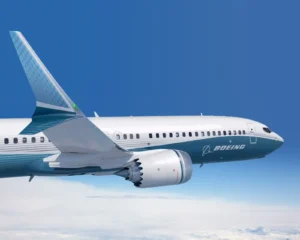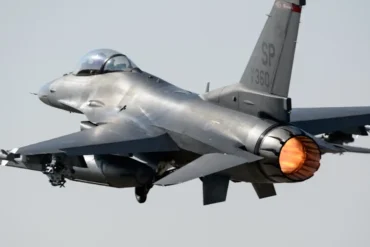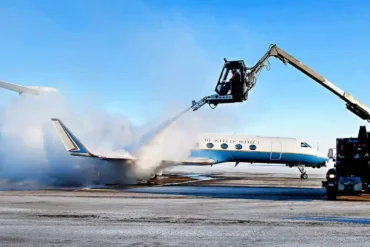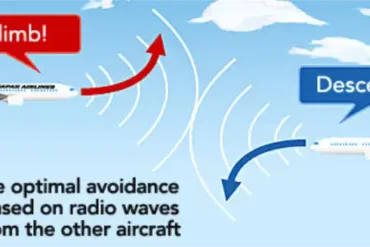What’s the deal with winglets? They give an airplane some extra style, but it’s more than just for looks. These additions are total game-changers by increasing range and cutting down on fuel usage. So how do they pull off the magic?
Winglets handle the drag caused by wingtip vortices in a clever way – by using the airflow from these swirling winds. Back in the 1970s, NASA expert Richard Whitcomb led the way in developing this technology. Now, you’ll see winglets on almost every modern aircraft.
Let’s break it down. First, understand how wingtip vortices form and cause drag. Then we’ll look at how winglets counter that drag with extra lift.
Understanding Wingtip Vortices: Spinning Air and Drag Issues
An aircraft’s lift relies on balanced low pressure above the wing and high pressure below. Air flows around the wing to even out the pressures. But this airflow creates vortices, especially at the wingtips. That hurts lift and increases fuel use. Winglets solve this by stopping the troublesome vortices.
So How Do Winglets Work?
Winglets interrupt the interaction between the upper and lower wing pressures. They act as a barrier, preventing these airflows from mixing. Less pressure difference means weaker vortices and voila – less drag! Boeing said their new Canted Winglets on the 747-400 gave a 3.5% range boost over the old 747-300.
Nature’s Example
Birds of prey have extended wingtip feathers that reduce air resistance and increase lift and speed. In the 1970s, NASA expert Richard Whitcomb adapted this natural design for aircraft. This responded to high fuel prices and improved the lift-to-drag ratio.
Whisper-Quiet Efficiency
Winglets are those upturned or downturned wingtip extensions with impressive benefits. They enhance an aircraft’s eco-friendliness by cutting drag and increasing lift.
Balancing Benefits
Yes, winglets add weight by needing reinforcements. But they reduce fuel use, especially on long flights. The tradeoff is worth it – winglets cut fuel burn by up to five percent!
Creative Designs
Wingtip styles vary. Airbus first used wingtip fences on commercial aircraft. Boeing developed smoothly blended winglets. Recent Airbus models have elegantly curving Sharklets.
Reaching New Heights
Winglets can be huge – the largest are 3.45 meters on the Boeing 767-300ER.




